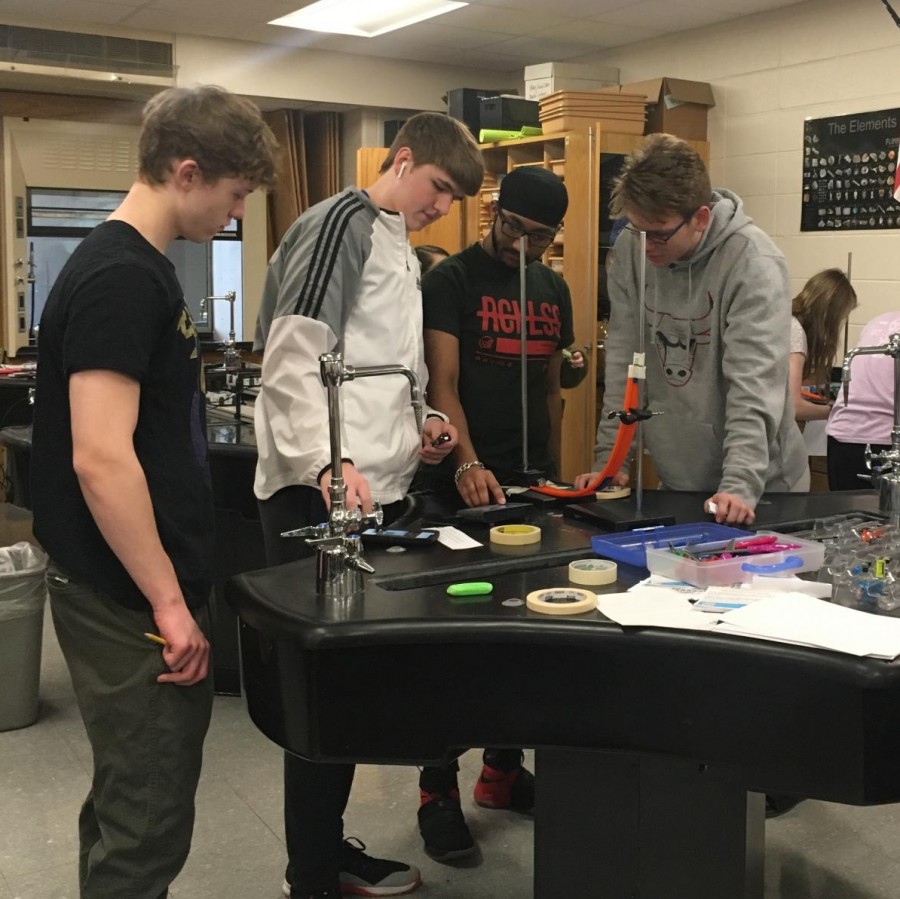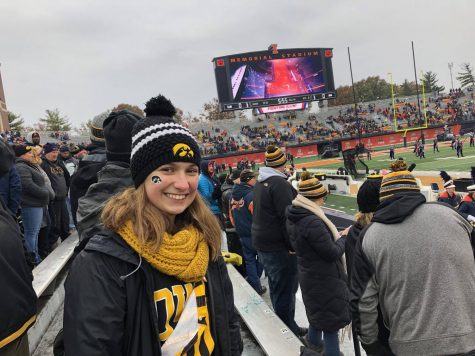Over the years, students and teachers have evolved through changing teaching and learning practices. This has caused many teachers to adapt their methods in order to reach the students’ understanding in the best way.
Many of these changes come from the life experiences teachers have gone through. PV Physics teacher Josh Hoffman believes his children have put things into a new perspective. “I am teaching science the way I would want them to be taught. Grading wise, I think about how I would want my children fairly graded,” he said.
Hoffman admitted to his style changing with his perspective. “When I first started it was straight lecture, but now, it is very lab-based with a heavy emphasis on cooperative learning,” he said.
This seems to be very common. Hands-on learning has increased in popularity over the years. Dr. Ben Mardell of Harvard University said, “Kids learn through all their senses and they like to touch and manipulate things.” Mardell believes it gives the students greater success at understanding the material presented.
These new styles have resulted in changes among the students as well as in their response to the teaching. Hoffman said, “Students want more. They are tired of sitting in lectures and rows. So this is why student-centered classrooms are increasing.” He realized they are wanting to really learn for themselves.
Developed by the National Training Laboratory, the Learning Pyramid is a diagram to show the ways student retain information. It says 5% of information is retained through lecture whereas 75% is absorbed with the “practice doing” method of hands-on learning.
In contrast, Ann Berger, a psychology teacher at PV, believes learning needs to stem from the interest each student has rather than the inclination to become carried away with the technology presented to them. “The teachers who relate to them, engage them, and require them to do something will achieve the most success,” Berger said. She then added that technology should not be used as the bait for learning.
Kimberly Verheecke, a PV math teacher, agrees with the idea of supporting students by creating a space that can connect to many learning styles. “I am open to explaining a topic in different ways to appeal to different types of thinkers,” she said.
Verheecke added that this stemmed from the relationship she had with her sister. She said, “I grew up with an older sister who struggled and was not fond of math. I would help her with her homework and learned that our brains are very different.”
These teaching styles have evolved over the years, but Berger still wants educators and learners to remember the following: “Students are interesting and they are interested, you just need to be pushed a little bit.”









